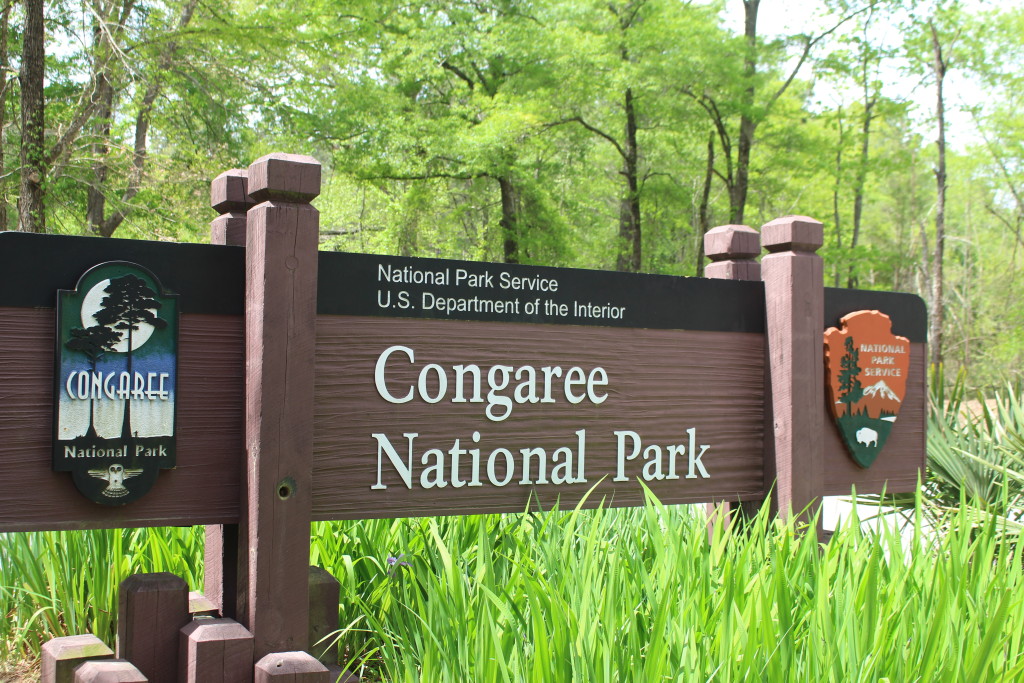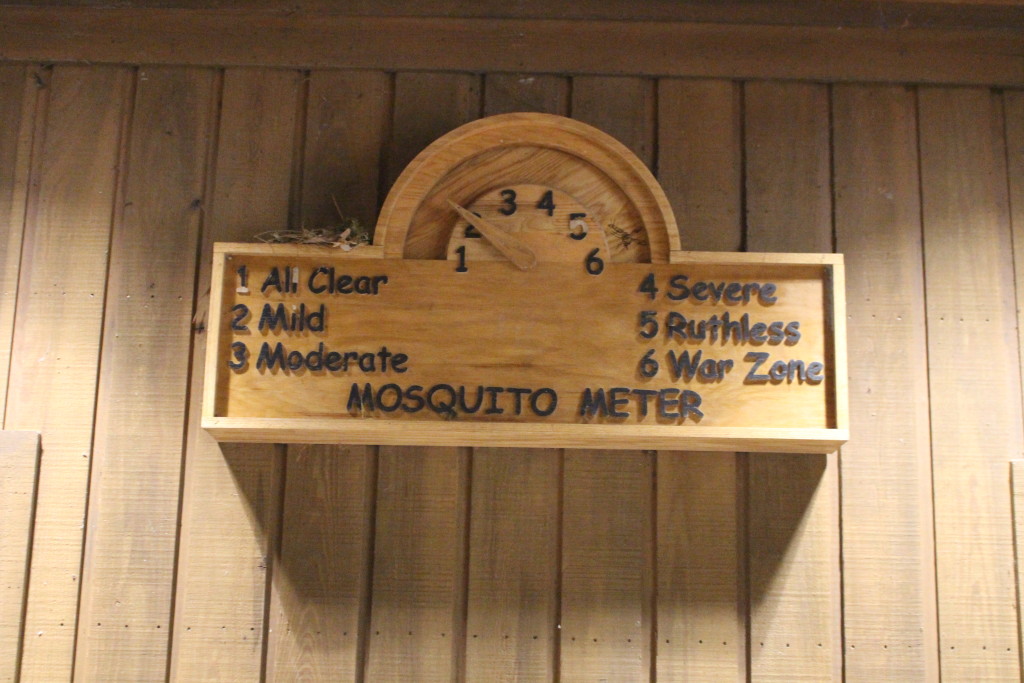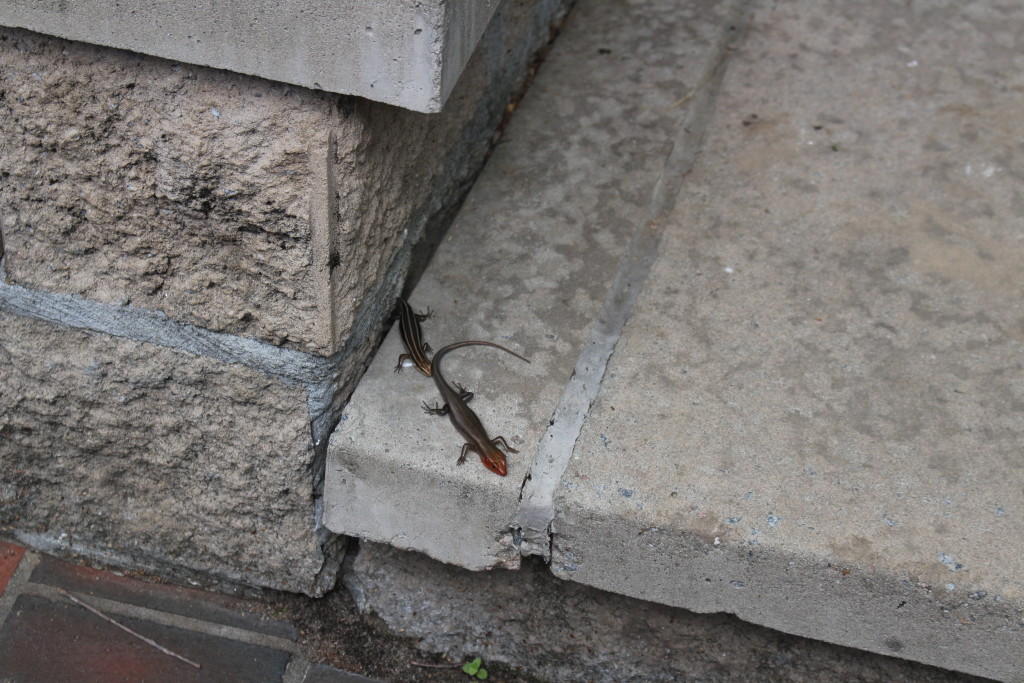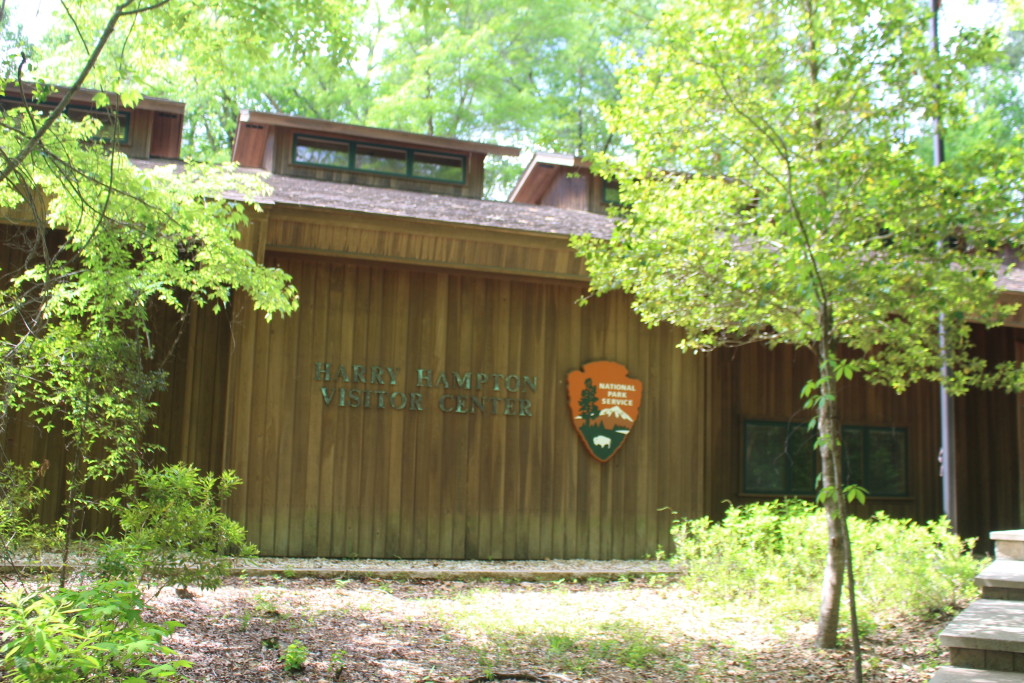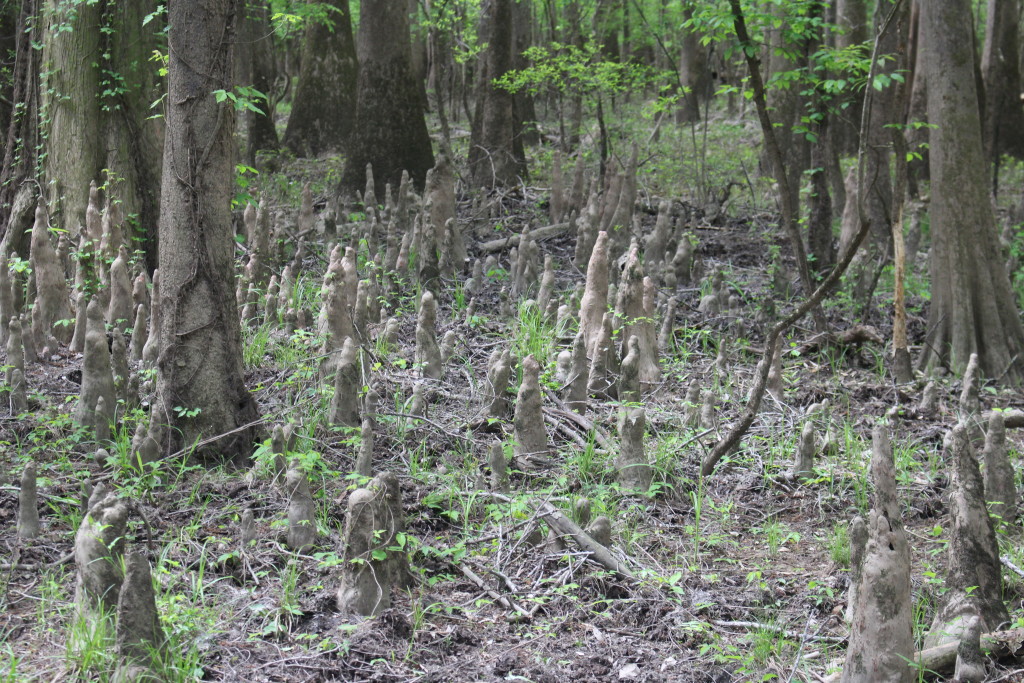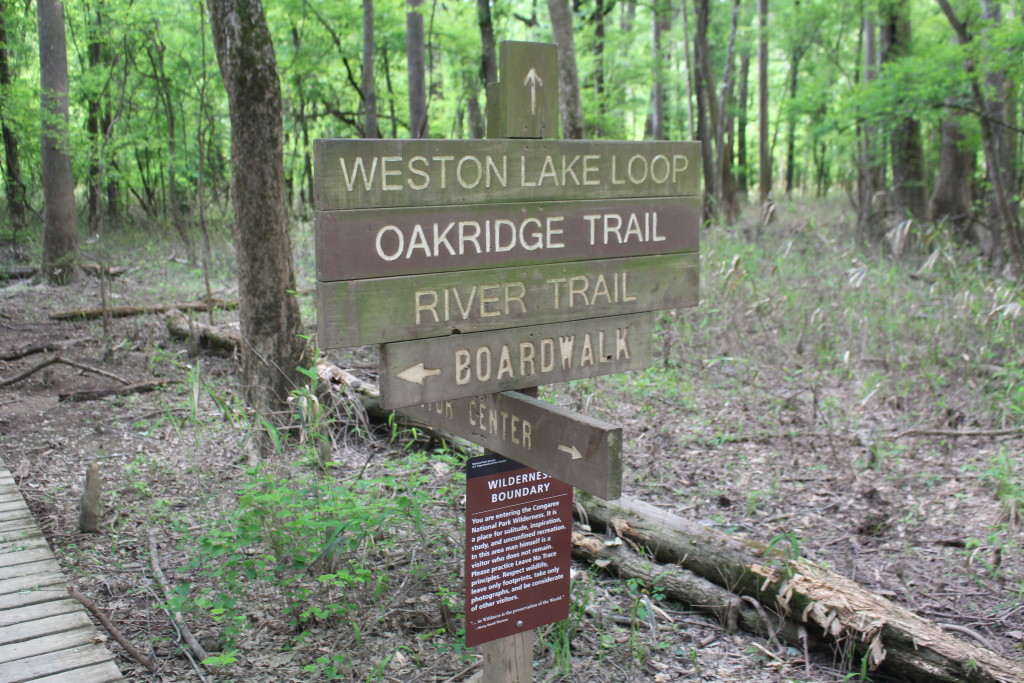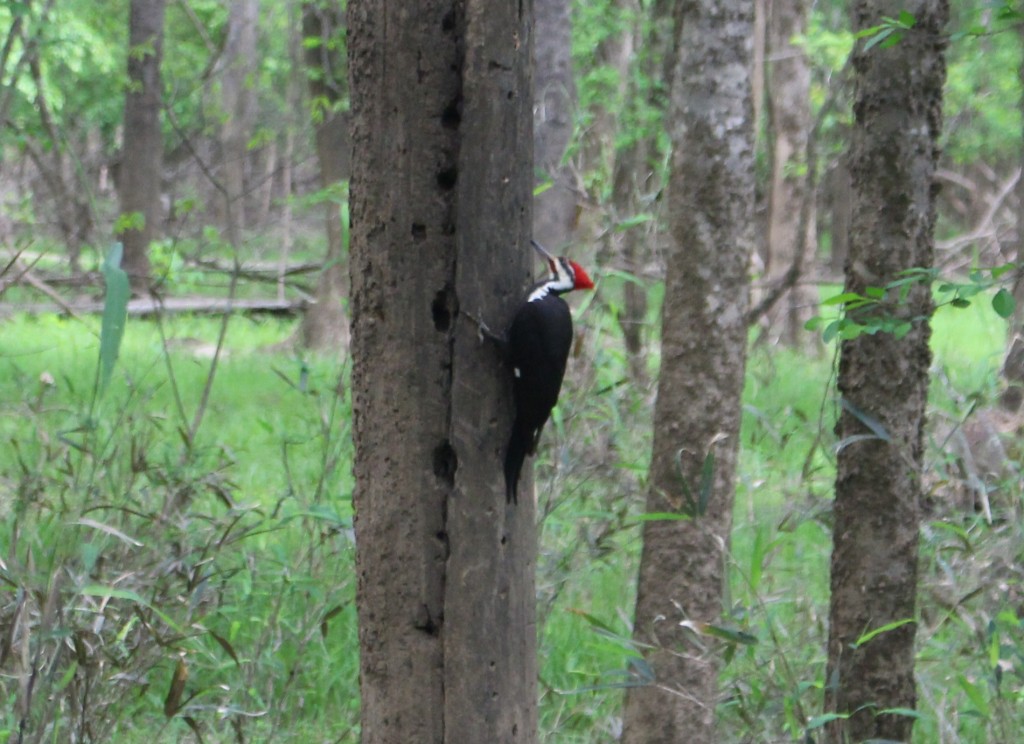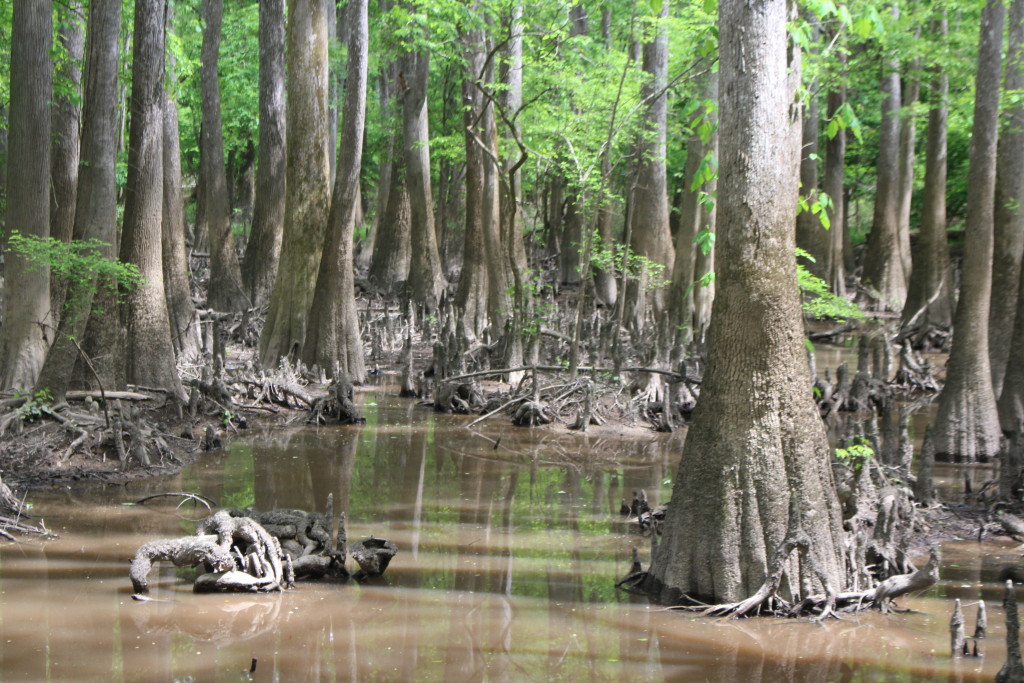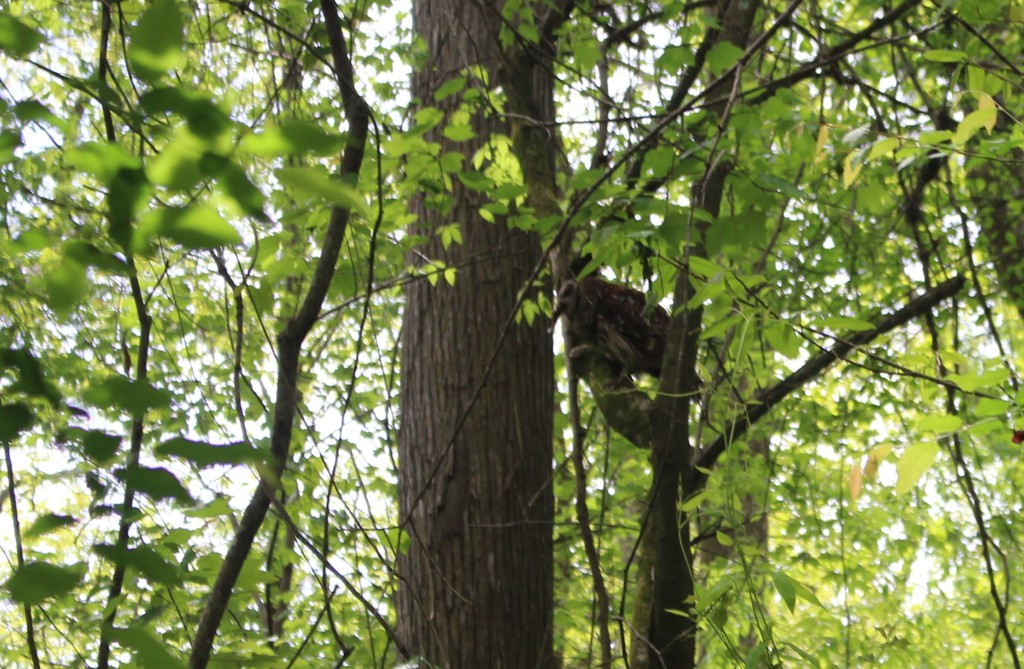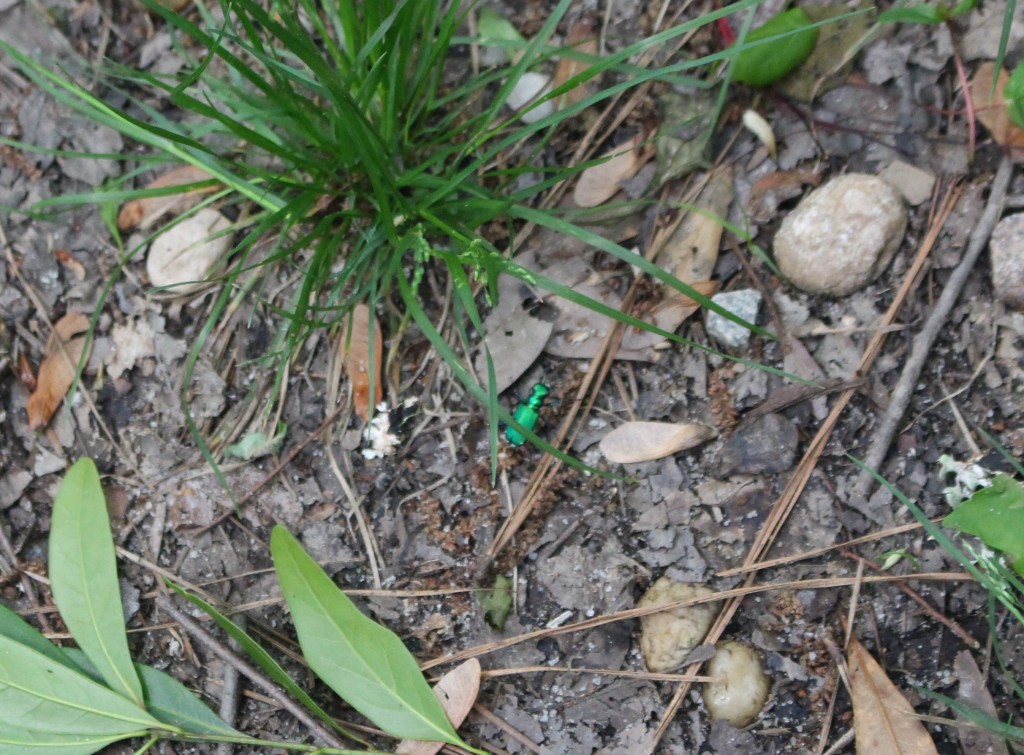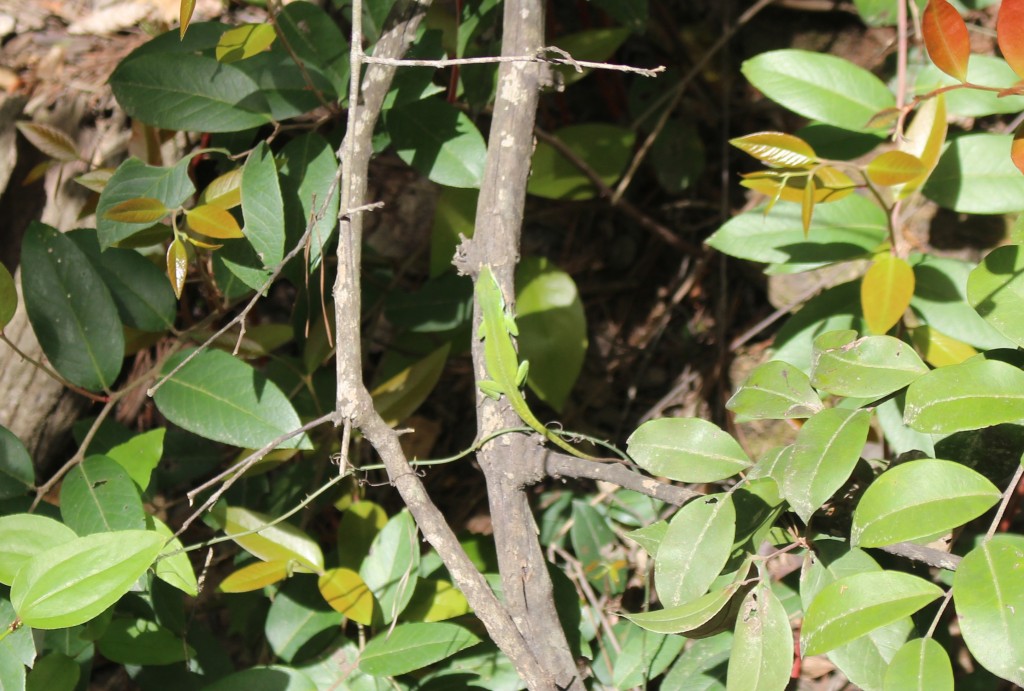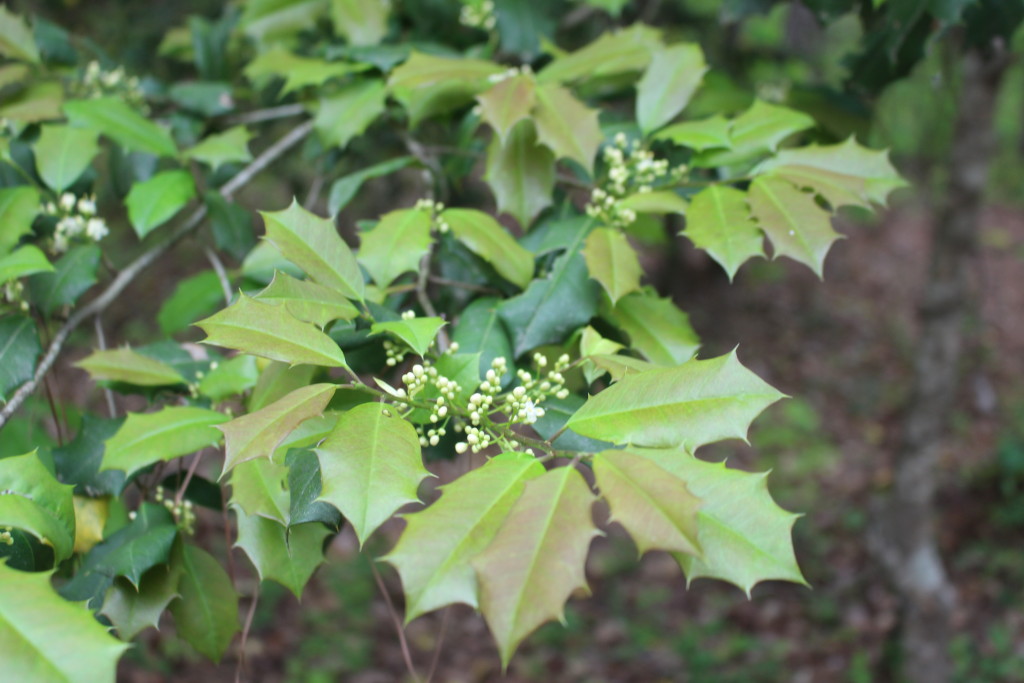On one of our adventure days this week, Tom and I headed to Congaree National Park, near Columbia, South Carolina. Congaree National Park protects 26,000 acres of old-growth bottomland hardwood forest. It is the wetland system of the Congaree and Wateree Rivers. In other words – it’s a swamp.
More than half of South Carolina is considered “low country”: swampy bottomland threaded by abundant water and tidal flood plains. The other half of South Carolina (the part we are living in) is “up country” because of its higher elevations. Many bottomland forests were heavily logged, but Congaree escaped the logging because logging in this remote area was too expensive.
The vast majority of Congaree National Park is wilderness. There is a developed area with trails and primitive camping near the Visitors Center. The rest of the park is only accessible by canoe or kayak. In fact, there is a marked canoe trail along Cedar Creek through the park. There is also boating on the Congaree River that borders the park.
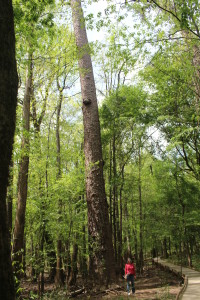
Tom and I stopped by the Visitors Center (restrooms!) which had a few displays. We talked to the ranger about hiking and decided to take the three mile Boardwalk loop. This loop is marked as a nature trail and it was very easy to follow (stay on the boardwalk). There were interpretive markers along the way that pointed out things like 100 year old beech trees, Dorovan muck, and bald cypress knees. Because the area was never logged, the bald cypress trees are huge with knees poking up everywhere. There are also tupelo trees and switch cane. The trees average 130 feet in height, making Congaree one of the tallest deciduous forests in the world.
We were amazed at the variety of wildlife that we saw up close and personal. A pileated woodpecker was pecking in a tree just 25 feet away from us. A barn owl flew so low over us that we ducked. He had a mouse in his mouth. We saw lots of lizards (generic term) a bunch of turtles out sunning themselves.
The trees are very diverse as well. There are cottonwoods, sycamores, and hackberry in the highter areas. There are bald cypress, tupelo, water ash, red maple, and lots of different kinds of oaks. Sweetgum, elm, swamp chestnut, ironwood, holly, and pawpaw are abundant.
It was an amazing walk through the National Park. I was sorry when we ran out of trail. I would love to come pack and rent a canoe to take the canoe trail. But that will have to wait for another day.
Have you been to Congaree National Park? What swamps have you been to and what did you see?

